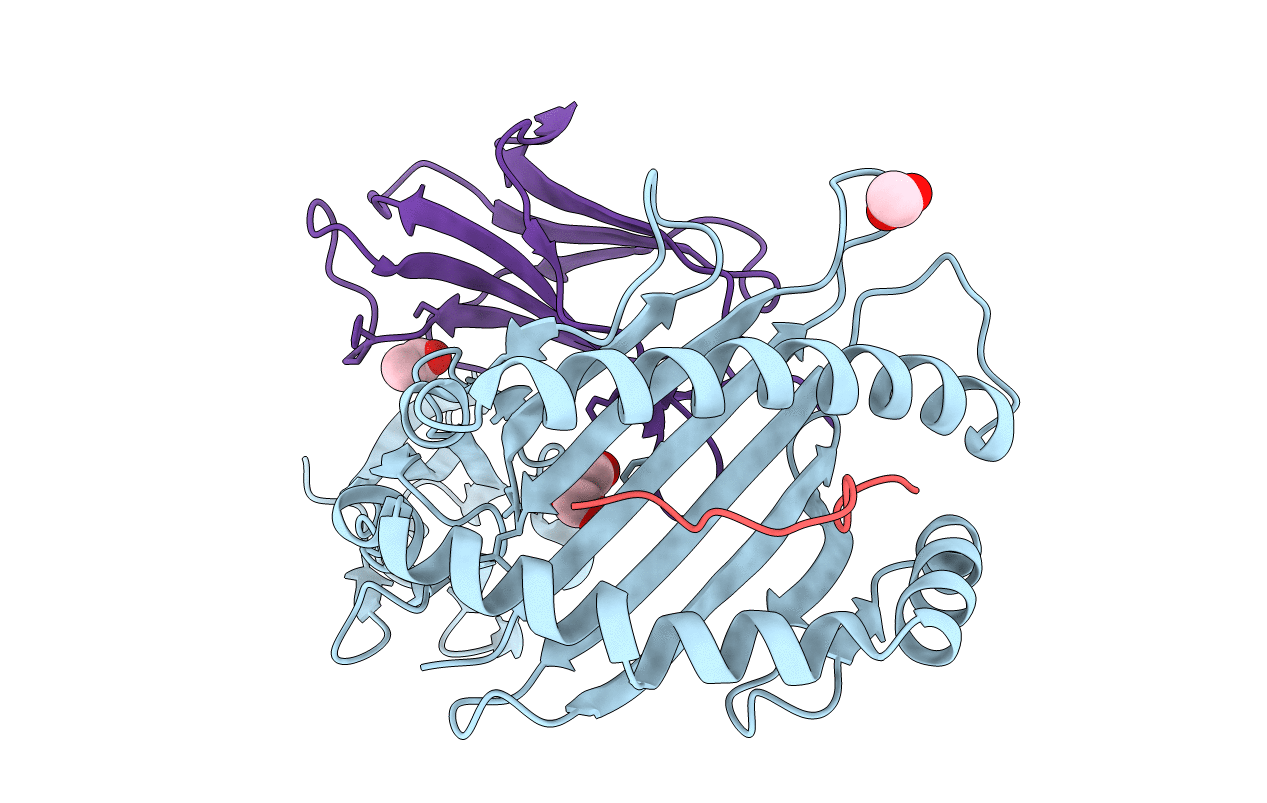
Deposition Date
2013-03-20
Release Date
2013-06-26
Last Version Date
2024-11-20
Entry Detail
PDB ID:
4JQX
Keywords:
Title:
HLA-B*44:03 in complex with Epstein-Barr virus BZLF1-derived peptide (residues 169-180)
Biological Source:
Source Organism:
Homo sapiens (Taxon ID: 9606)
Human herpesvirus 4 (Taxon ID: 10376)
Human herpesvirus 4 (Taxon ID: 10376)
Host Organism:
Method Details:
Experimental Method:
Resolution:
1.90 Å
R-Value Free:
0.23
R-Value Work:
0.19
R-Value Observed:
0.19
Space Group:
P 21 21 21


